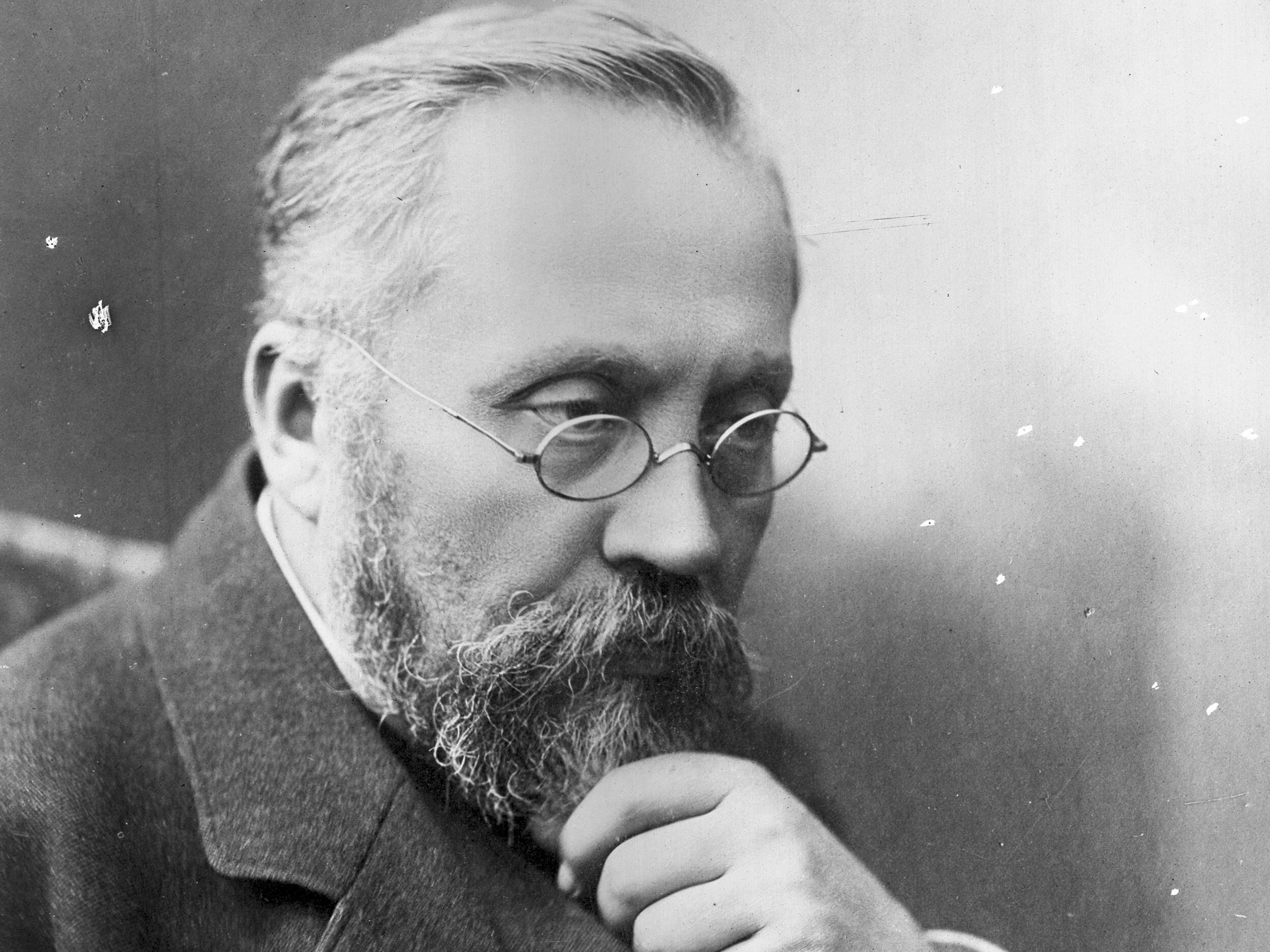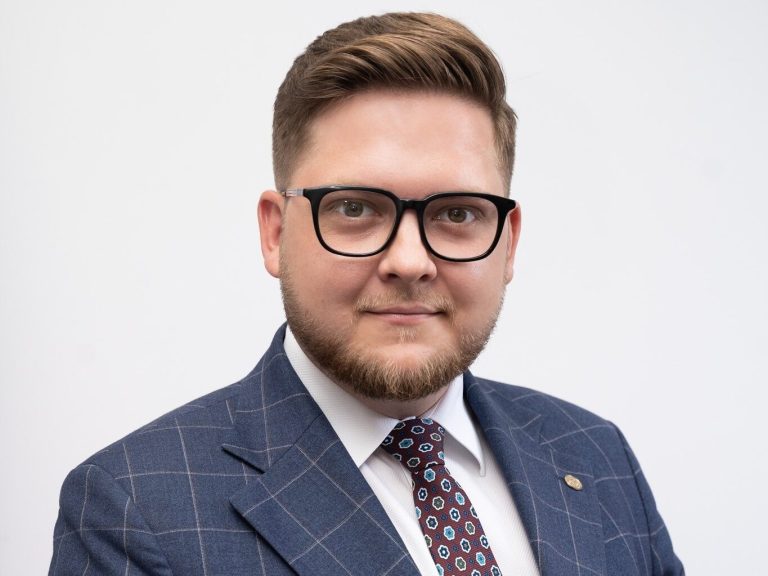He discovered adrenaline, anticipated Freud’s thought, and moonlighted as a dentist. Who was Napoleon Cybulski?

Napoleon Cybulski is not only a co-discoverer of adrenaline, but also a pioneer of electroencephalography and a man who scientifically looked at hypnosis. He was nominated three times for the Nobel Prize. He is undoubtedly one of the most outstanding Polish scientists.
The adrenal glands are small endocrine glands located just above the kidneys. They are responsible for for the release of adrenaline. And it was a Polish doctor who discovered the extraordinary effect of adrenaline, although at that time he called the secretion of the adrenal glands simply “adrenal gland”.
Experiments on dogs and an important discovery
Napoleon Nikodem Cybulski was born on September 14, 1854 in Krzywonosy in the Vilnius region (today it is Belarus). He graduated from a gymnasium in Minsk, and then medical studies at the St. Petersburg Military-Medical Academy. In 1880 he received his doctor’s diploma cum eximia laude, i.e. with special praise. Already as a student, he was appreciated and praised for his talent and extraordinary inquisitiveness, and after obtaining his diploma, he continued his scientific work.
Then he invented the photohemotachometer. It is a device that measures the speed of blood flow in blood vessels and allows you to record the entire process. And it was for these studies on the velocity of blood flow that he was awarded the title of Doctor of Medicine five years after graduation.
By chance, Cybulski was offered the chair of Physiology, Histology and Embryology at the Jagiellonian University (several other candidates had to decline for various reasons). It was there that Cybulski worked until the end of his life and it was in Krakow that he achieved his most important achievements. It is worth adding that later he also served as the dean of the Faculty of Medicine, in 1904 he became the rector of the Jagiellonian University, and then vice-rector.
Cybulski was known for noticing the diligence and talents of his students. He willingly listened to them and engaged them in new research projects. One of Cybulski’s students and then assistants was Władysław Szymonowicz. It was with him that he conducted research that led to the discovery of the adrenal medulla extract, which – as we know today – contained norepinephrine and dopamine.
Cybulski gave his groundbreaking lectures in 1895. It was then that he presented the results of research on the properties of adrenal extracts. And it was then that he announced publicly that the adrenal glands secrete a substance that, among other things, raises blood pressure. Cybulski proved, by presenting the results of research and experiments carried out together with Szymonowicz, that the “superrenal gland” is released into the blood and triggers specific physiological processes.
How groundbreaking these discoveries were was the fact that scientists did not know what functions the adrenal glands perform for years. Experiments have been carried out on animals before, depriving them of their adrenal glands. This procedure led to imminent death. Why? The popular theory at the time assumed that the adrenal glands cleanse the blood of toxins and their absence leads to poisoning of the body. Cybulski, as soon as he dealt with this issue, quickly refuted the false thesis by calculating how much blood flows through the adrenal glands. He rightly decided that the blood-filtering theory had no scientific basis. And together with Władysław Szymonowicz, he began to look for the cause.
This is how doctors’ experiments are described by Anna Mateja in the book “Prescription for adrenaline. Napoleon Cybulski and the Cracow school of physiologists”: “When Dr. Szymonowicz’s or Professor Cybulski’s scalpel removed both adrenal glands, the animals woke up from anesthesia unable to live. Apathetic, unwilling to move or act (…). Cybulski noticed one thing above all – the animals’ muscles were not paralyzed as long as they stiffened irreversibly (…). Then the researcher reached for a syringe with a needle. Inside was a ten-to-one solution of water and adrenal tissue extract (…). The needle pierced the skin of the dying quadruped, got into the vein. The scientist pressed the plunger. He stared at the second hand on the stopwatch. Not even twenty seconds had passed since the cubic centimeter of extract had entered the bloodstream when the dog opened his eyes, looking completely conscious, began to breathe evenly, then heaved his body, easily stood on his paws … The manometer showed that the pressure is rising and the pulse is returning to normal. The miracle of the resurrection ended after a dozen or so minutes, at most after two quarters of an hour. Then the symptoms familiar to Cybulski and Szymonowic returned (…): stiffening paws (…), lowering blood pressure minute by minute heralding imminent death. The next dose brought the animal back to life for another quarter or two. The procedure could be repeated endlessly…
There were more experiments. To understand how the “adrenal gland” works, the researchers also injected adrenal solution into healthy animals with adrenal glands. The effects were spectacular and ended up shocking the body, especially in the beginning, when scientists prescribed high doses. For comparison, they also injected the animals with extracts from the spleen or lymph nodes – these experiments did not entail any reactions.
As Anna Mateja writes in her book, the research absorbed Cybulski and Szymonowic so much that a year before the aforementioned lecture and the announcement of their discoveries, the scientists hardly left the Department of Physiology at ul. These are dozens of subsequent experiences and several dozen dedicated to learning dog lives.
Not only adrenaline, that is Cybulski’s active life
Although the research that led to the discovery of adrenaline is Napoleon Cybulski’s most famous achievement, it is impossible not to mention his other scientific interests. Often in the biographies of the doctor and scientist you can read that he was ahead of the thoughts of Zbigniew Freud. It was Cybulski who was the first Pole to undertake scientific research on hypnosis. In the publication “On hypnotism from the physiological point of view” there were theses anticipating the later concept of the unconscious by Sigmund Freud. Cybulski wrote in his book about hypnotism: “These phenomena are undoubtedly of great importance both for the physiology of the brain and psychology, as well as for the pathology of the nervous system.”
Napoleon Cybulski was open to scientific news and experiments. Anyway, the beginning of the 20th century was a time of many groundbreaking discoveries and a moment when medicine was full of white spots, giving great opportunities to scientists of that time. Cybulski is also considered a pioneer of electroencephalography. He was one of the first in the world to measure the electrical activity of the brain, obtaining an EEG record of the cerebral cortex. He conducted research on the cerebral cortex together with Adolf Beck. But he was also the first in Poland to obtain an ECG record.
Speaking of Cybulski, it is impossible not to mention the scientist’s exceptional charisma. He created the so-called Physiology School in Kraków, and among his students there were such outstanding figures as Adolf Beck, Leon Wachholz and Aleksander Rosner. Adolf Beck, recalling Cybulski, pointed out that he “didn’t set himself above his surroundings” and was extremely kind also to young and inexperienced collaborators.
Napoleon Cybulski was nominated three times for the Nobel Prize in Physiology and Medicine: in 1911, 1914 and 1918. The nominations ended there, but he was appreciated in Poland. The Academy of Arts awarded him with the Erasmus and Anna Jerzmanowski – also called the “Polish Nobel Prize” – whose value was 12 kilograms of gold.
Cybulski worked and was socially active in Kraków until the end of his life. She is an important figure for feminism. From the beginning of his work, he sought to expand educational opportunities for women. And it was he who in 1891 founded the first girls’ gymnasium in Kraków and admitted three women to the university as students.
The doctor and scientist was known for his numerous interests and incredible activity. He moonlighted as a dentist, loved cabaret, could play the cello, and for many years he was a member of the Krakow City Council. He was the vice-president of the Department of the “Sokół” Gymnastic Society, and for a moment also the president of the Supervisory Board of Agricultural Circles in Krakow, he also conducted research on the diet and living conditions of the inhabitants of Galician villages. He believed that what they eat and how they live (and it did not look optimistic) translates into their health. He himself repeatedly emphasized that “the health of the population is the greatest capital of societies.”
He died on April 26, 1919 in his research office of a stroke. His grave is at the Rakowicki Cemetery in Krakow.






